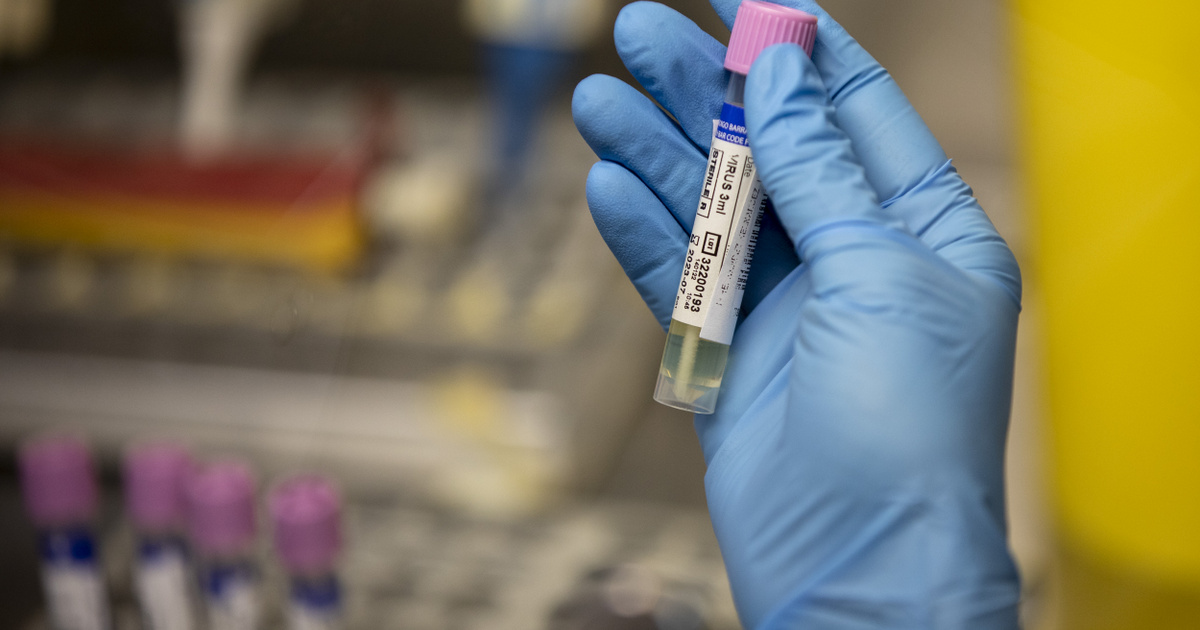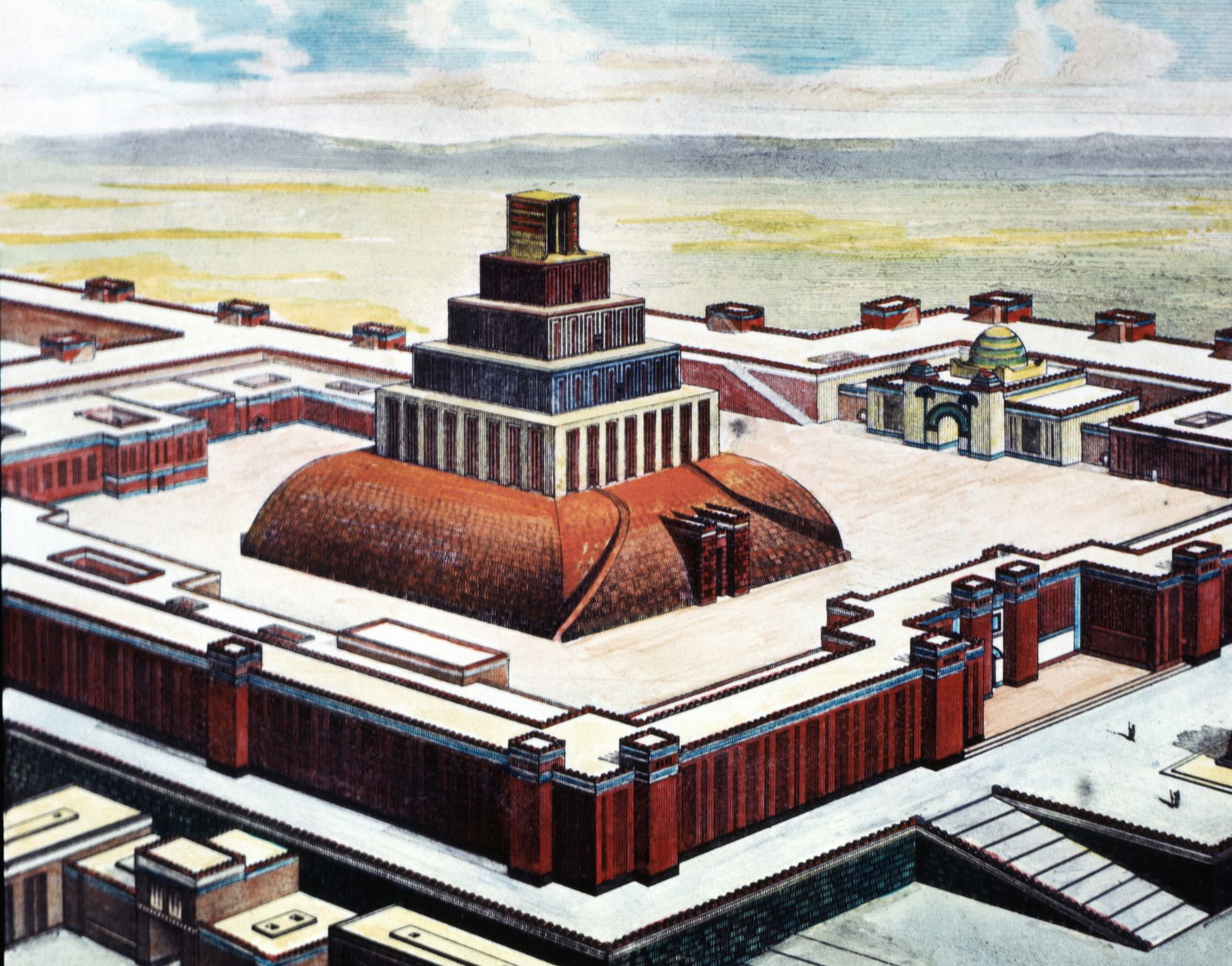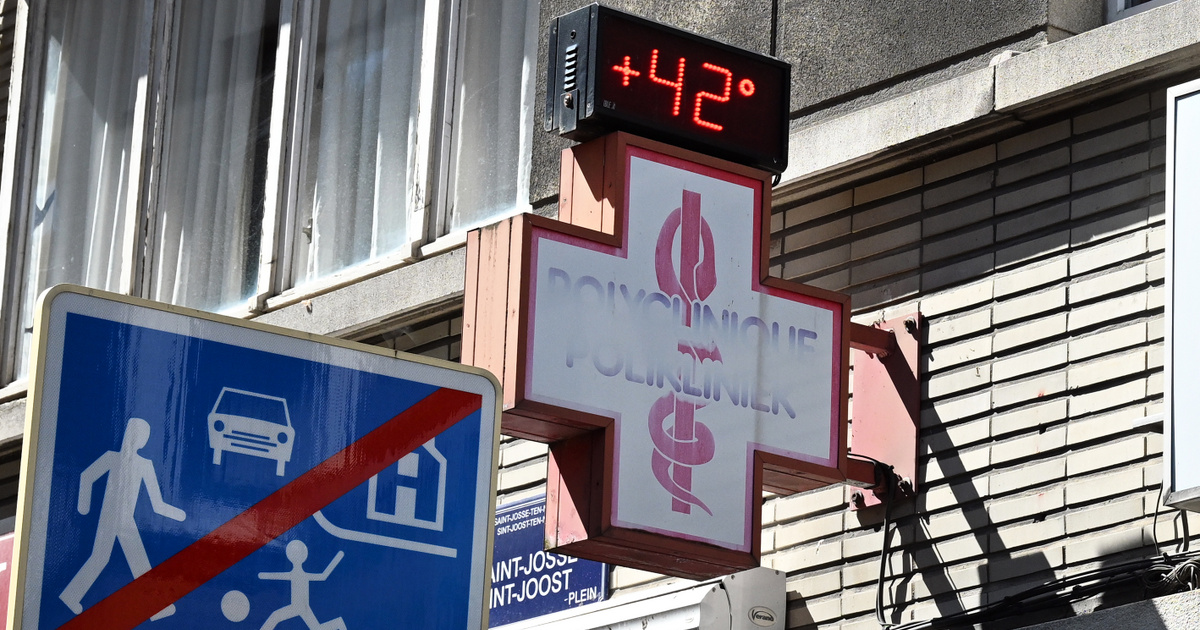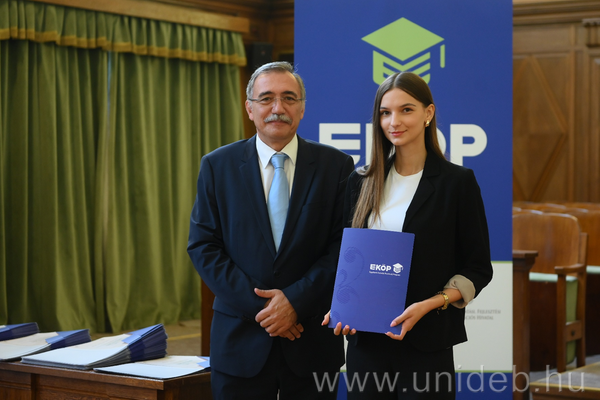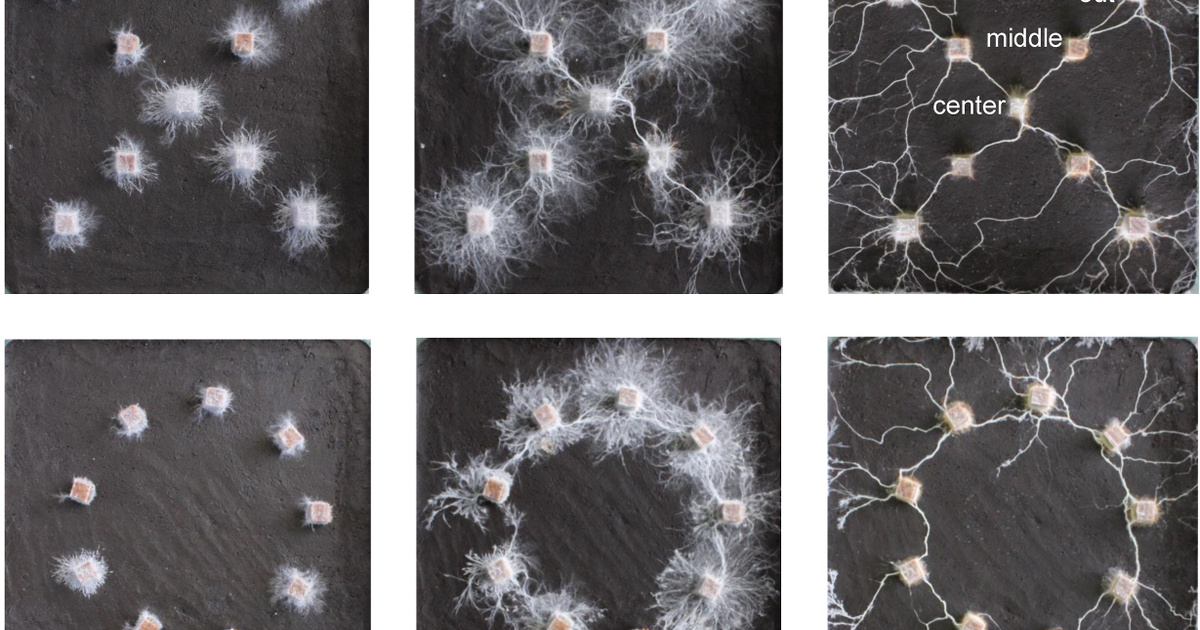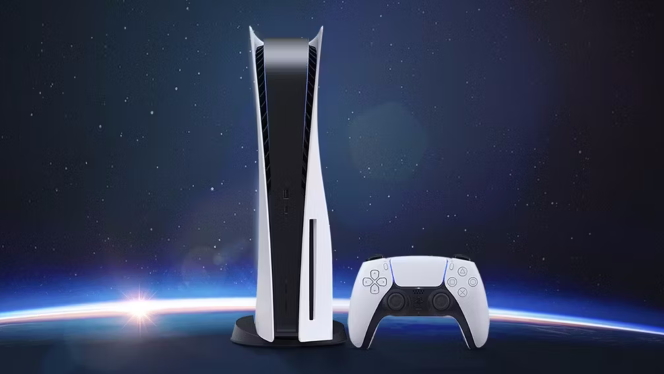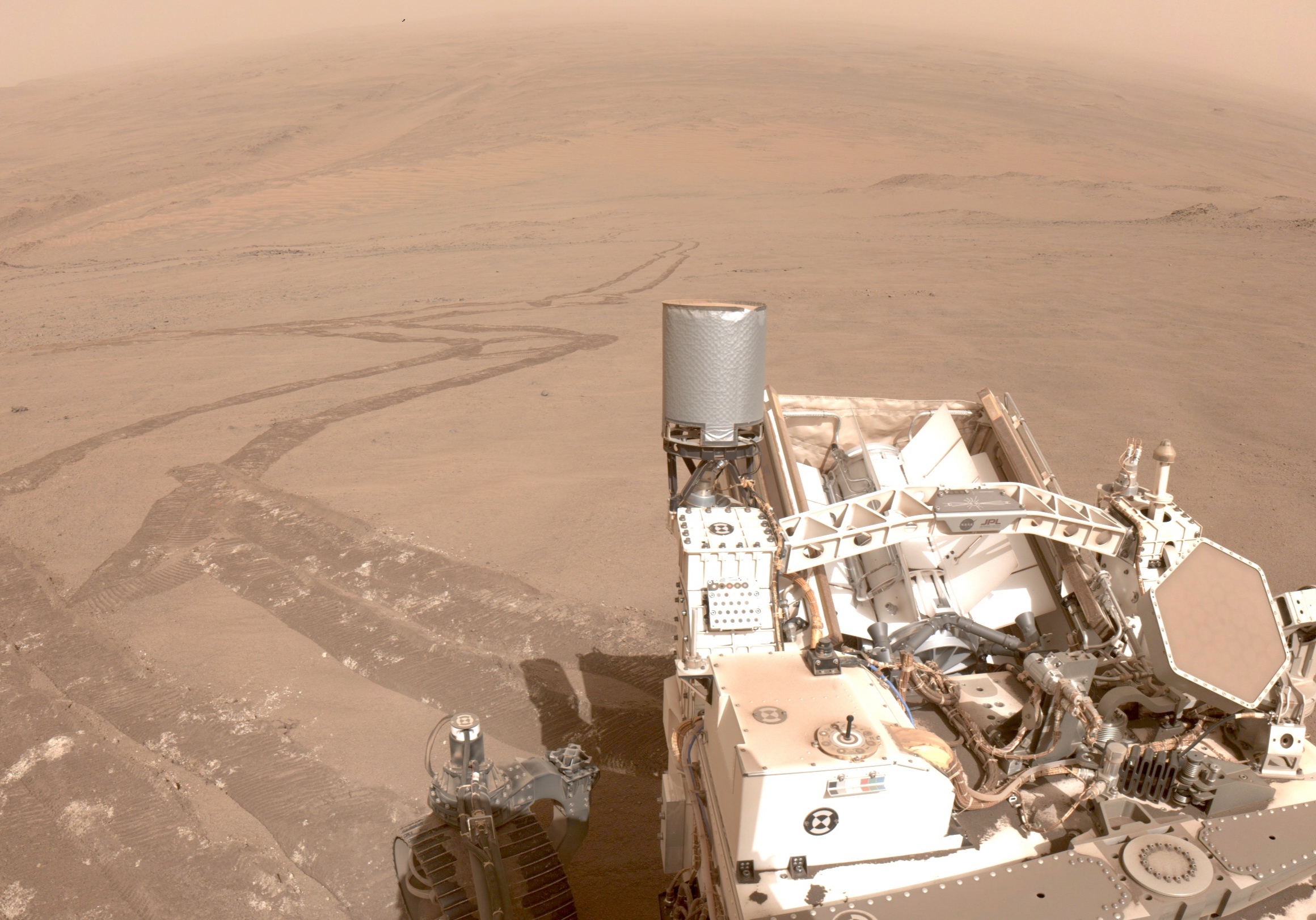Experts from the Budapest University of Technology and Economics (BME) were also involved in the development of the European Space Agency's (ESA) asteroid research spacecraft – says the university. In his statement. Hera was launched as part of the European Space Agency's Planetary Defense Programme.
The probe's purpose is to investigate the binary asteroid Didymos and evaluate the results of NASA's DART mission. As is known, the spacecraft was directed to Didymos' companion Dimorphos in 2022 as part of testing.
A BME kutatói kalibrálták a Hera kameráit, és ők végzik majd el a szondáról érkező képek kalibrációját is, hogy az elemzéseket végző tudósok pontos alapanyagból dolgozhassanak.
There is little information about the matter and physical density of asteroids, and without it, it is highly uncertain to deflect an asteroid from its orbit with a missile or explosion. For example, when NASA inserts its DART spacecraft into the 160-meter-diameter Dimorphos in 2022, the collision caused a much larger dust cloud and changed trajectory than previously calculated.
Hera is expected to provide valuable information for future asteroid interception and science missions, helping to understand asteroid geophysics and the formation and evolution of the solar system. The main probe also includes two small satellites, which are taken out and placed in orbit when they reach the asteroid, so that a total of three satellites take pictures, measure and monitor.
ESA needed the cooperation of an independent laboratory to examine cameras made in Germany, France, Italy, Finland and the Netherlands. The calibration of optical cameras manufactured by six different companies was carried out by staff of the Department of Mechatronics, Optics and Mechanical Informatics (MOGI) of the BME Faculty of Mechanical Engineering with the support of the Hungarian delegation of ESA. This is not the first time MOGI employees have participated in a space mission.
This is not the first time they have participated in a similar project
Professor György Abraham actually tested the cameras of NASA's Vega space program in the 1980s. Scientific Fellow Gabor Kovacs and Associate Professor Vince Nagy-Balázs have contributed to the success of NASA's Dawn mission since 2006. During the HERA project, calibration tasks were performed from a scientific and engineering point of view by Gabor Kovacs and Vince Balázs-Nagy, and Bertalan Pizaj, Assistant Professor in the Department, participated in the calibration Ground units also involved students participating in some on-the-job tasks. In two cases, the cameras were tested in the BME laboratory using self-developed tools, but the University of Applied Sciences researchers also worked at foreign sites, in the Netherlands (ESTEC) and Germany.
“We checked cameras performing different tasks according to several aspects: uniform imaging, sensitivity according to wavelength, sensitivity according to the absolute value of the sensors, and their optical distortion characteristics. These tests were necessary so that scientists could see reality, and not the image that results from the characteristics of the sensors and optical systems. It was necessary to know the sensitivity parameters in order to determine appropriate exposure times, as well as for the camera to be able to track changes in lighting conditions.
Storing raw and corrected images is also our mission, and the necessary servers are already running.
“We are waiting for the first experimental images of the Earth and the Moon, as well as the constellations,” explained Vince Balazs-Nagy, project coordinator at BME.
Hera was launched on October 7 from Cape Canaveral, Florida, aboard a SpaceX Falcon 9 rocket. It is expected to reach the asteroid Didymos and its moon Demorphos in 2027. During its journey, the spacecraft will pass by Mars, where it will perform what is called a swinging maneuver. ESA leaders have not yet determined the exact path of the mission. It is certain that one of the small satellites will land on the surface of Dimorphos.
The Hera mission could be an important step in asteroid research. Meanwhile, the European Space Agency's new research mission is still in the preparation phase and targets the asteroid Apophis, which will pass within a tenth of the distance between the Earth and the Moon in 2029.






